The Power of Personalization: Harnessing Data to Drive Email Marketing Success
Email marketing has long been a staple in the digital marketing arsenal, with its ability to reach a wide audience at a relatively low cost. However, with the ever-increasing competition for attention in the inbox, it's crucial for businesses to find ways to stand out and connect with their audience on a personal level. This is where the power of personalization comes into play.
In today's digital landscape, consumers are bombarded with countless marketing messages on a daily basis. As a result, they have become more selective about which messages they engage with and which ones they simply ignore. This is where generic, one-size-fits-all email campaigns fall short. In order to truly capture the attention of your audience and drive success with email marketing, you need to tailor your messages to their specific needs and interests.
Section 1: The Importance of Data
The key to effective personalization lies in data. By leveraging data on your target audience's demographics, behaviors, and preferences, you can create highly targeted and relevant email campaigns that speak directly to them.
For example, let's say you are a digital marketing agency like RAD Web Marketing serving businesses in North Bay and Marin County. Instead of sending out a generic email blast promoting all of your services to everyone on your list, you could use data to segment your audience based on location and industry. From there, you can customize your messaging for each segment based on their unique pain points or goals.
Data also allows you to track how subscribers interact with your emails so that you can continue refining and improving your campaigns over time. By analyzing metrics like open rates, click-through rates, and conversions rates for each segment or individual subscriber, you can gain valuable insights into what resonates best with your audience.
Section 2: Personalizing Email Content
Once you have identified who you are targeting and gathered relevant data, it's time to start personalizing your email content. This can be done in a variety of ways, such as using the recipient's name in the subject line or body of the email, referencing their previous purchases or interactions with your brand, or recommending products or services based on their interests.
One effective personalization technique is using dynamic content blocks within emails. These allow you to display different content to different segments of your audience based on their data. For example, if you know that a subscriber is interested in social media marketing, you can show them a section highlighting your agency's expertise and success stories in that area.
Another way to personalize email content is by leveraging user-generated content (UGC). This refers to any type of content created by your audience, such as reviews, testimonials, or social media posts about your brand. By featuring UGC in your emails, you not only add social proof but also make the message more relatable and personalized for the recipient.
Section 3: The Power of Automated Emails
Automated emails are another powerful tool for personalization. These are triggered by specific actions or behaviors from subscribers and sent out automatically without any manual effort. Some examples include welcome emails for new subscribers, abandoned cart reminders for e-commerce stores, or birthday/anniversary emails for loyal customers.
By using automation tools and segmenting data effectively, you can create highly personalized automated workflows that nurture leads and drive conversions. For instance, if a subscriber visits a particular service page on your website but does not take any further action, you can trigger an automated email showcasing more information about that service along with a special offer to entice them to take action.
Section 4: Tips for Effective Personalization
While personalization can greatly enhance the effectiveness of email marketing campaigns when done right, there are some important things to keep in mind:
1) Use relevant data: Make sure the data you use is relevant and accurate. For example, don't send a birthday email to someone who has already unsubscribed or use outdated information.
2) Don't overdo it: Personalization should enhance the user experience, not overwhelm or annoy subscribers. Be strategic and only use personalization when it adds value to the message.
3) Test and optimize: As with any marketing tactic, testing and optimization are crucial for success. Use A/B testing to see what types of personalization work best for your audience and continue refining your campaigns based on data insights.
Conclusion
In today's fast-paced digital world, personalized email marketing is no longer a nice-to-have but a must-have for businesses looking to stand out in the inbox. By harnessing the power of data and using effective personalization techniques, you can create highly targeted and relevant email campaigns that drive engagement, conversions, and ultimately, business success. So don't overlook the power of personalization in your email marketing strategy – it could be the key to unlocking new levels of success for your business.





































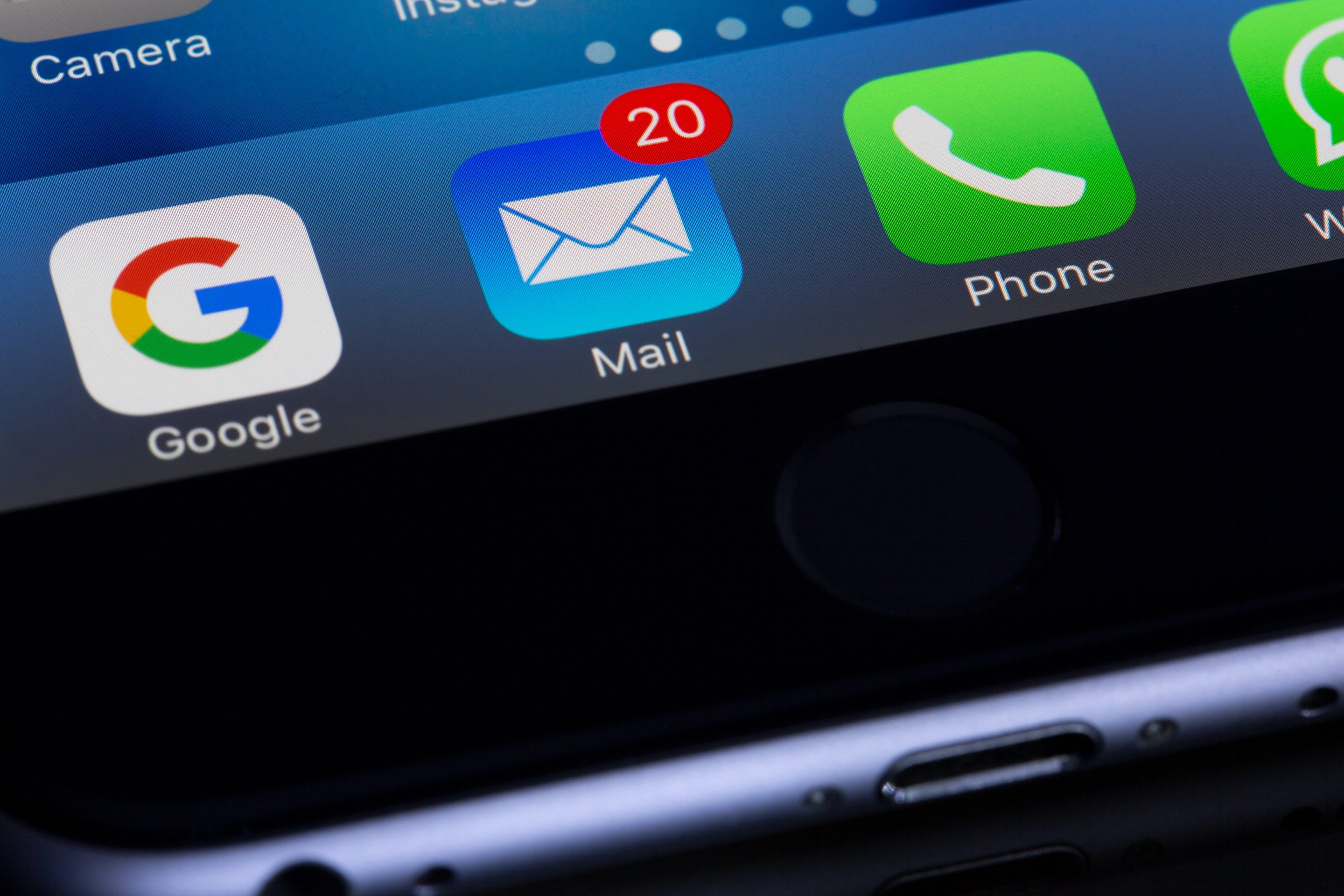
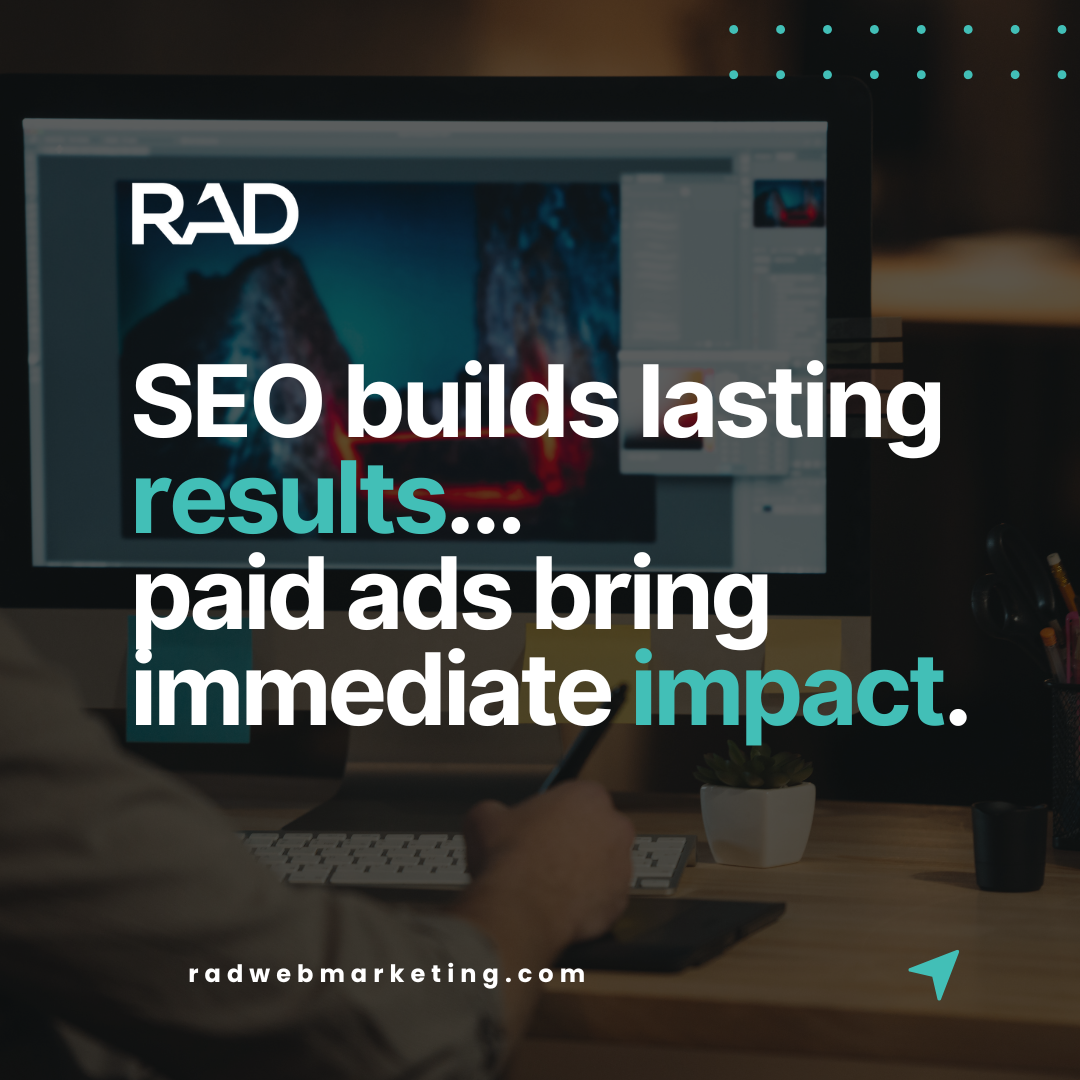
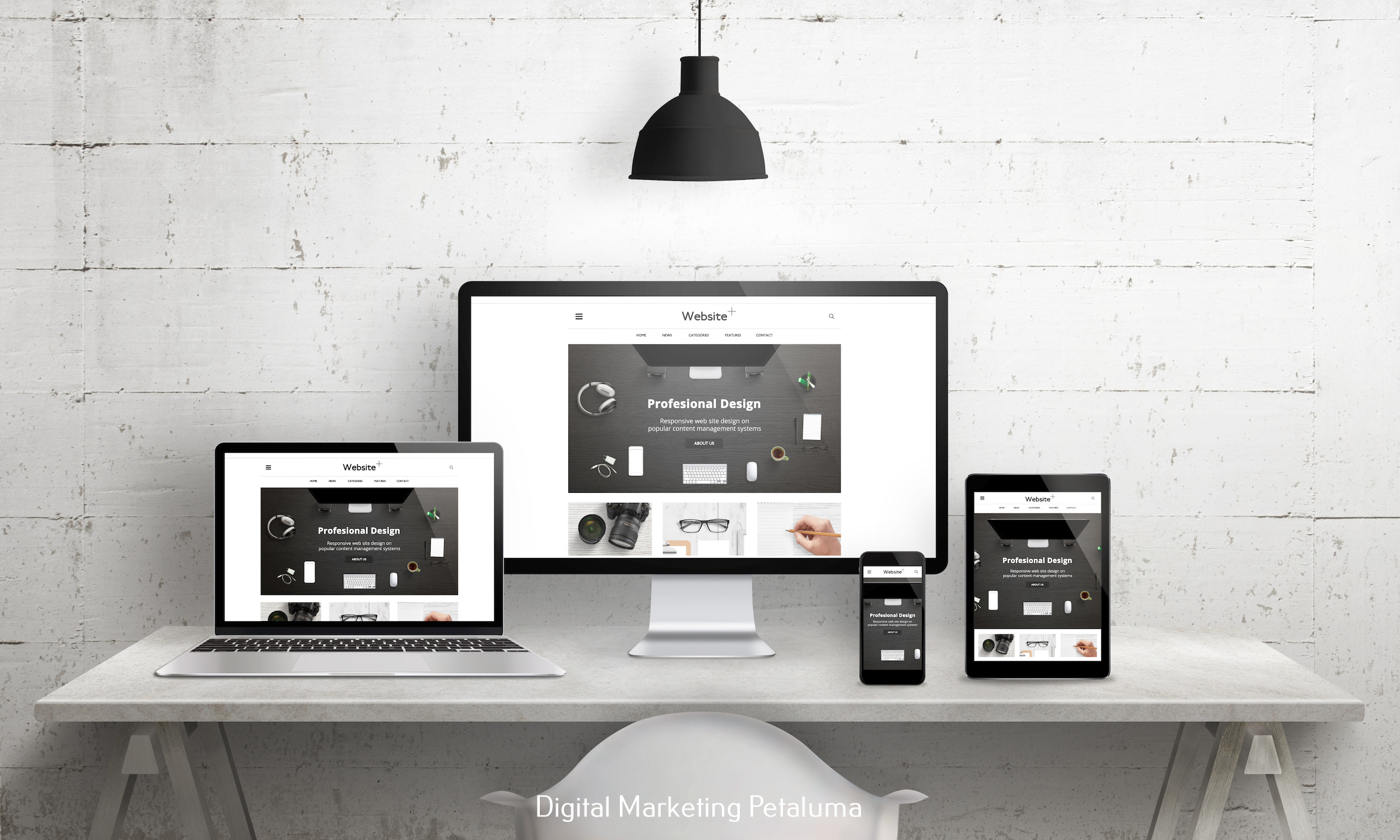
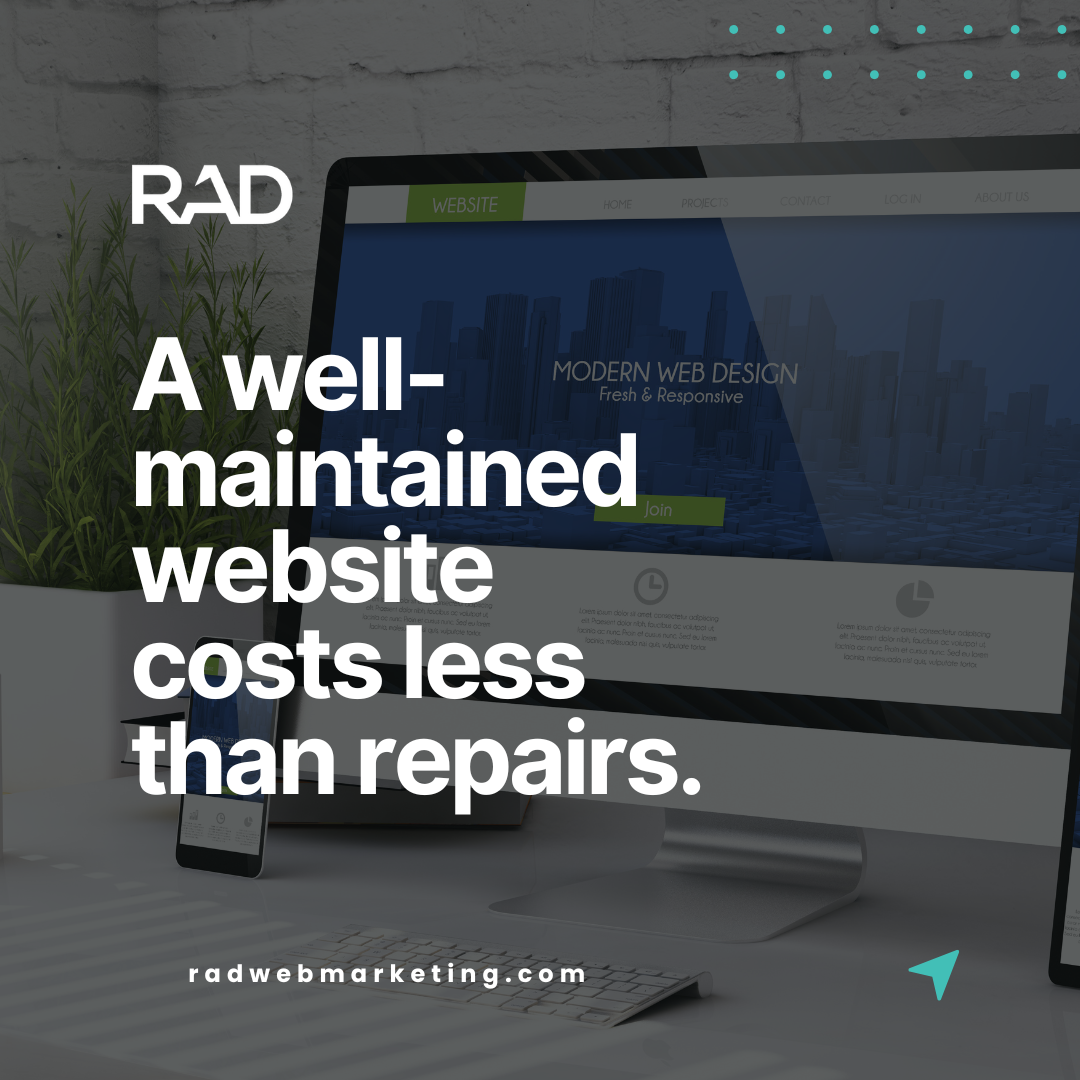
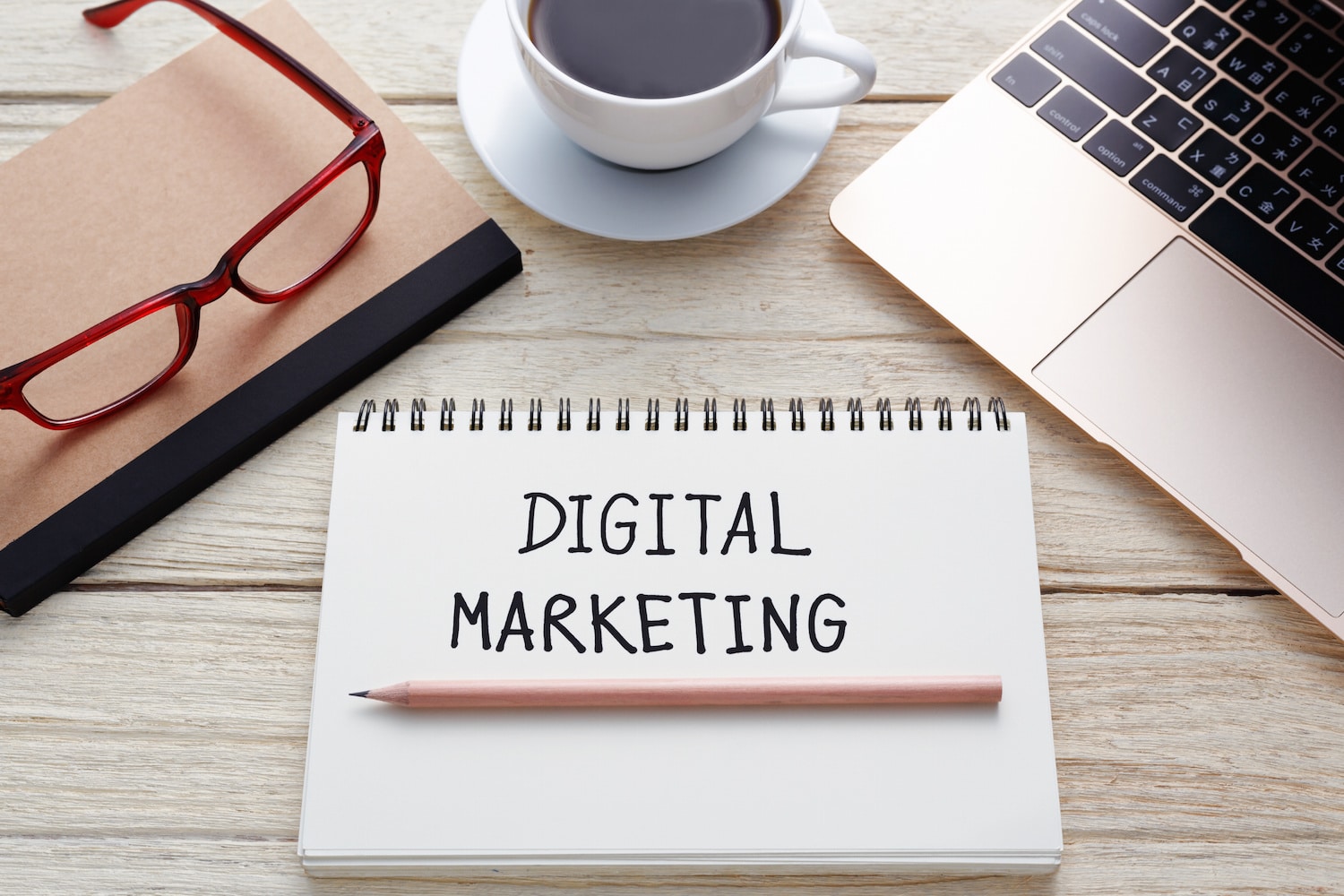
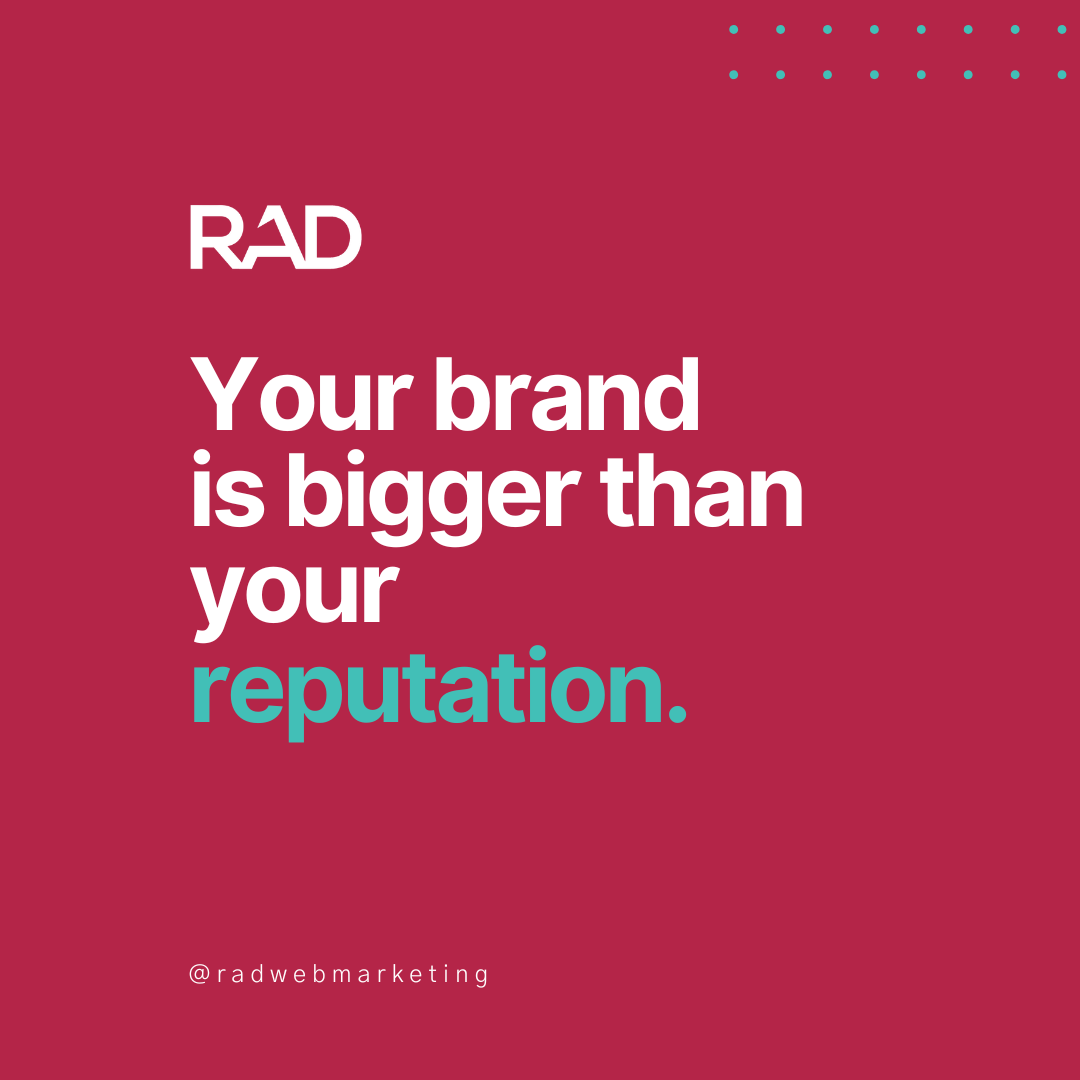


0 Comments